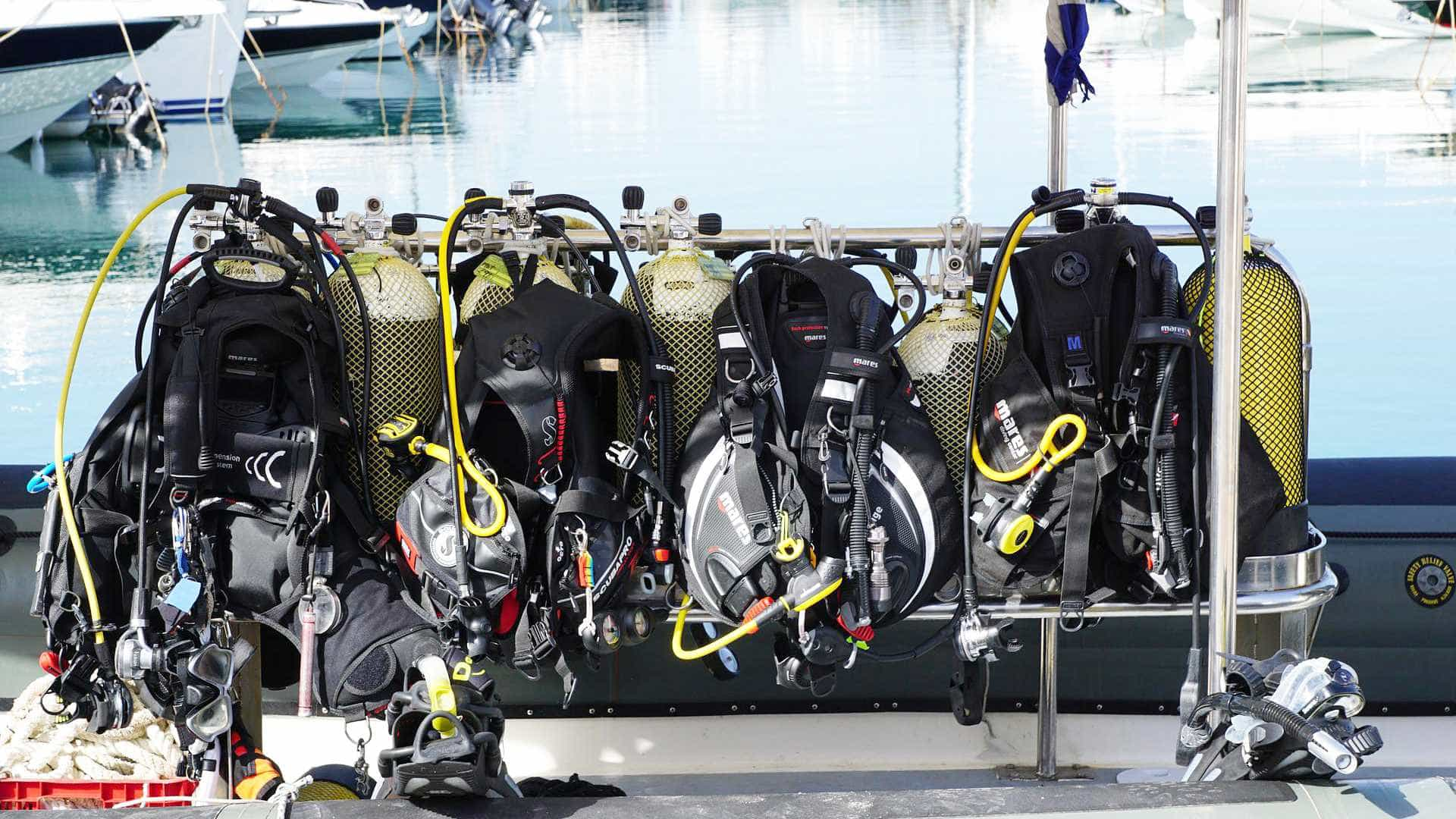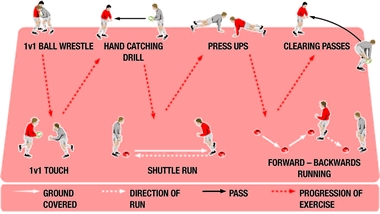
A Diver’s Deep Dive into Buying Equipment: A Comprehensive Guide
Scuba diving is a thrilling adventure, offering a glimpse into an underwater world teeming with life and beauty. However, embarking on this journey requires careful consideration, especially when it comes to your equipment. Choosing the right scuba diving gear can significantly impact your safety, comfort, and overall diving experience. This comprehensive guide will navigate you through the essential pieces of equipment, helping you make informed decisions and ensuring a safe and enjoyable underwater exploration.
I. The Essentials: What Every Diver Needs
Before we delve into the specifics of each piece of equipment, let’s establish the fundamental gear every diver needs:
-
Mask: A crucial piece for clear underwater vision. Look for a mask that fits comfortably and creates a good seal around your face, preventing water leakage. Consider features like tempered glass lenses for durability and anti-fog coatings for improved visibility. Silicone skirts are generally more comfortable and durable than rubber.
-
Snorkel: Used for breathing at the surface, a snorkel should be comfortable and easily detachable from your mask. Consider a dry snorkel design to prevent water from entering the tube.
-
Regulator: This is your lifeline underwater, supplying you with breathable air from your tank. A good regulator should be easy to breathe from, have a comfortable mouthpiece, and offer reliable performance at various depths. Consider a regulator with multiple stages for efficient air delivery and features like a diver-adjustable intermediate pressure (IP) setting for fine-tuning your breathing.
-
Buoyancy Compensator (BCD) or Buoyancy Control Device: This device allows you to control your buoyancy underwater, enabling you to ascend and descend comfortably. BCDs come in various designs, including jacket-style (more forgiving for beginners), back-inflation (more streamlined for experienced divers), and wing-style (preferred by technical divers). Choose a BCD that fits well, offers ample lift capacity, and features multiple adjustment points.
-
Dive Computer: This sophisticated device monitors your dive depth, time, ascent rate, and decompression status. Dive computers enhance safety by providing crucial information to prevent decompression sickness. Consider features like multiple gas capabilities, nitrox compatibility, and user-friendly interfaces.
-
Dive Fins: These propel you through the water. Fins come in various materials (rubber, plastic, composite) and designs (full-foot, open-heel). Consider your diving style and water conditions when choosing fins. Full-foot fins are generally more comfortable for beginners, while open-heel fins offer more power and are compatible with different types of dive boots.
-
Dive Boots: Providing protection and warmth for your feet, dive boots are especially important in cold water conditions. Choose boots that fit comfortably over your fins and provide adequate insulation.
-
Dive Gloves: These protect your hands from cold water, sharp objects, and marine life. The thickness and material of the gloves will depend on water temperature and diving conditions.
-
Dive Suit (Wetsuit, Dry Suit, or Semi-Dry Suit): This protects you from cold water and provides thermal insulation. The choice depends on water temperature and personal preference. Wetsuits use trapped water for insulation, while dry suits create a completely waterproof barrier. Semi-dry suits offer a compromise between these two options.
-
Weight Belt: This is used to counteract the buoyancy of your BCD and suit, allowing you to achieve neutral buoyancy underwater. The weight required will vary depending on your equipment and body type.
-
Dive Tank: This contains the compressed air you’ll breathe underwater. Tank sizes vary, and the choice depends on the duration and depth of your dives.
II. Diving Beyond the Essentials: Optional but Valuable Gear
Beyond the essential equipment, several other items can significantly enhance your diving experience and safety:
-
Dive Light: Essential for night dives and exploring underwater caves or wrecks. A powerful, reliable dive light is crucial for safety and visibility.
-
Dive Knife or Multi-Tool: A useful tool for various situations, such as cutting fishing lines or freeing yourself from entanglement.
-
Dive Compass: A valuable tool for navigation, especially in low visibility conditions or when exploring underwater environments.
-
Underwater Camera or GoPro: Capture the stunning underwater world and share your diving adventures with others. Consider waterproof housings for your camera.
-
Dive Slate and Pencil: Used for underwater communication and recording observations.
-
Dive Bag: A specialized bag designed to carry and protect your diving gear.
-
Dive Computer with Transmitter: Allows for seamless tank pressure monitoring through your dive computer.
III. Choosing the Right Equipment: Factors to Consider
Choosing the right equipment is a crucial step in ensuring a safe and enjoyable diving experience. Here are some important factors to consider:
-
Your Diving Level: Beginners should opt for user-friendly and forgiving equipment, while experienced divers might choose more specialized and advanced gear.
-
Water Temperature: The water temperature will significantly influence your choice of wetsuit, dry suit, or gloves.
-
Dive Location: The diving environment will determine the type of equipment you need. For example, diving in strong currents might require more powerful fins.
-
Budget: Diving gear can be expensive, so it’s essential to set a realistic budget before you start shopping.
-
Fit and Comfort: Properly fitting equipment is crucial for comfort and safety. Always try on equipment before purchasing it.
-
Durability and Reliability: Choose durable and reliable equipment that can withstand the rigors of diving.
-
Maintenance: Consider the ease of maintenance and cleaning for your chosen equipment.
IV. Where to Buy Diving Equipment:
You can purchase diving equipment from various sources, including:
-
Dive Shops: Dive shops offer expert advice and can help you choose the right equipment for your needs. They also often offer rental services, allowing you to try different gear before purchasing it.
-
Online Retailers: Online retailers offer a wide selection of equipment at competitive prices. However, it’s essential to ensure the retailer is reputable and offers a good return policy.
V. Conclusion:
Investing in quality diving equipment is a crucial aspect of safe and enjoyable diving. By carefully considering the factors outlined in this guide, you can make informed decisions and choose the gear that best suits your needs and preferences. Remember to prioritize safety, comfort, and reliability when selecting your equipment. Always consult with experienced divers and dive professionals for advice and guidance. Happy diving!



